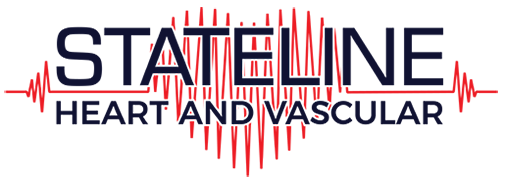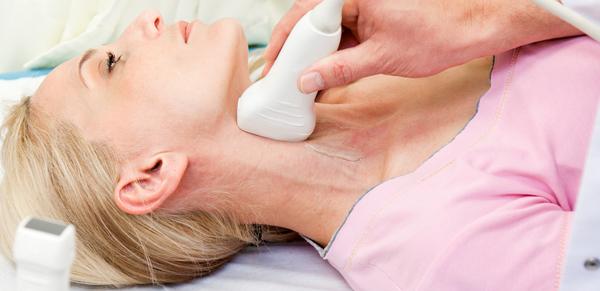Imaging
Echocardiography (ECHO)
Transthoracic Echocardiogram (ECHO)
A transthoracic echocardiogram can be used to identify problems with the valves or chambers of your heart.
During a transthoracic echocardiogram a transducer against your chest emits sound waves that are used to produce images of your heart. Occasionally, you may need an enhancing agent injected through an intravenous (IV) line in order for your doctor to clearly see your heart beating and pumping blood.
Transesophageal Echocardiogram (ECHO)
A transesophageal echocardiogram may be used if your doctor wants more-detailed images or it's difficult to get a clear picture of your heart with a transthoracic echocardiogram.
During a transesophageal echocardiogram your throat will is numbed, then a flexible tube containing a transducer is guided down your throat into your stomach. A computer converts the sound waves into detailed moving images of your heart, which your doctor can view on a monitor.
Vascular Ultrasound
Venous Ultrasound
Venous ultrasound is used to search for blood clots and other issues with blood flow in the veins.
Your doctor may have special instructions to prepare you for the procedure. During a venous ultrasound, a transducer sends sound waves into the body. These sound waves are used to create images that are then interpreted by your doctor.
Carotid Ultrasound
Carotid ultrasound is used to examine the blood flow through the carotid arteries in the neck.
During a carotid ultrasound, a transducer is used to produce sound waves used to create a images of the neck area. The images are then interpreted by your doctor.
Arterial Ultrasound
Arterial ultrasound is used to determine the blood flow within the arteries of the arms or legs.
During a arterial ultrasound a transducer is used to produce sound waves used to create a images of the extremities. The images are then interpreted by your doctor.
Screening Abdominal Aortic Aneurysm (AAA) Ultrasound
Abdominal aortic aneurysm screening ultrasound is performed to detect an aneurysm in the aortic artery.
During an abdominal aortic aneurysm screening a transducer is used to take images and measurements of your abdominal aorta. The images are then interpreted by your doctor.





